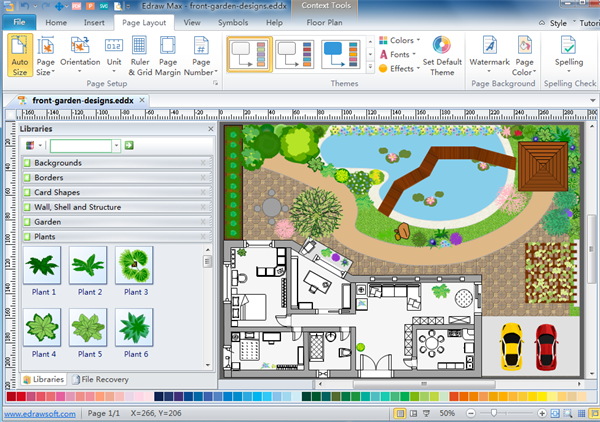

This album could have been released in 1992 and barely raise an eyebrow. All the components are expertly placed and executed within the music, but they are all very familiar by 2012. However, taken as a whole this is a solidly average work, with no weak moment but no outstanding moments either. Additional layering of melodies aids this process. They do this through compressing contrasting riffs into fewer bars without changing tempo, with busy drums delivering a sense of chaos beneath.

Derketa are capable of building tension and energy to their music without resorting to speed thrills, rare in death/doom (even Cianide picked up the pace at times). And whilst there is plenty of this going, they all rely on a very similar formula, with each track following roughly the same formula and blueprint. Vocals are guttural yet clear, lending menace to otherwise generic lyrics.ĭespite all the hallmarks of death metal, right down to double bass, this music rarely picks up the tempo beyond a hundred bpm or so, which makes it completely reliant on solid riffage to get by.

The snare is tinny, but the bass has enough power to lend much needed depth in the absence of clearly audible bass (it’s there if you listen for it). Drums follow the guitars in their emphasis, but focus on keeping the pace relatively stable. Plodding their way through simple unresolved tritones which usually open the track, before the augmentation of a slow tremolo strummed riff gives the illusion of picking up the tempo, whilst drums linger at the same tempo. But then in 2012 came the full length ‘In Death We Meet’, which finally consolidated the sound of Sharon Bascovsky and the gang into the LP format. Output remained limited after reforming in 1999. This early material is now available on the ‘Goddess of Death’ (2003) compilation released on Necroharmonic Productions. Unlike self-identified doom metal, death/doom is seen as a variant on death metal first and foremost wedded to doom metal only at the aesthetic level.ĭerketa originally formed back in 1988 but after one EP and a couple of demos they failed to get off the ground. So broad is this base, that pinning doom down to a specific definition beyond slower versions of other genres can become futile.

This spans death and black metal, heavy/power metal, and traditional proto metal stylings and beyond. Doom metal proper aside, the tag is often something that happens to other genres, creating doomy versions of themselves. Is it just death metal played slow? Or is it a different subgenre entirely? There’s probably too many variations to define it with any certainty.


 0 kommentar(er)
0 kommentar(er)
